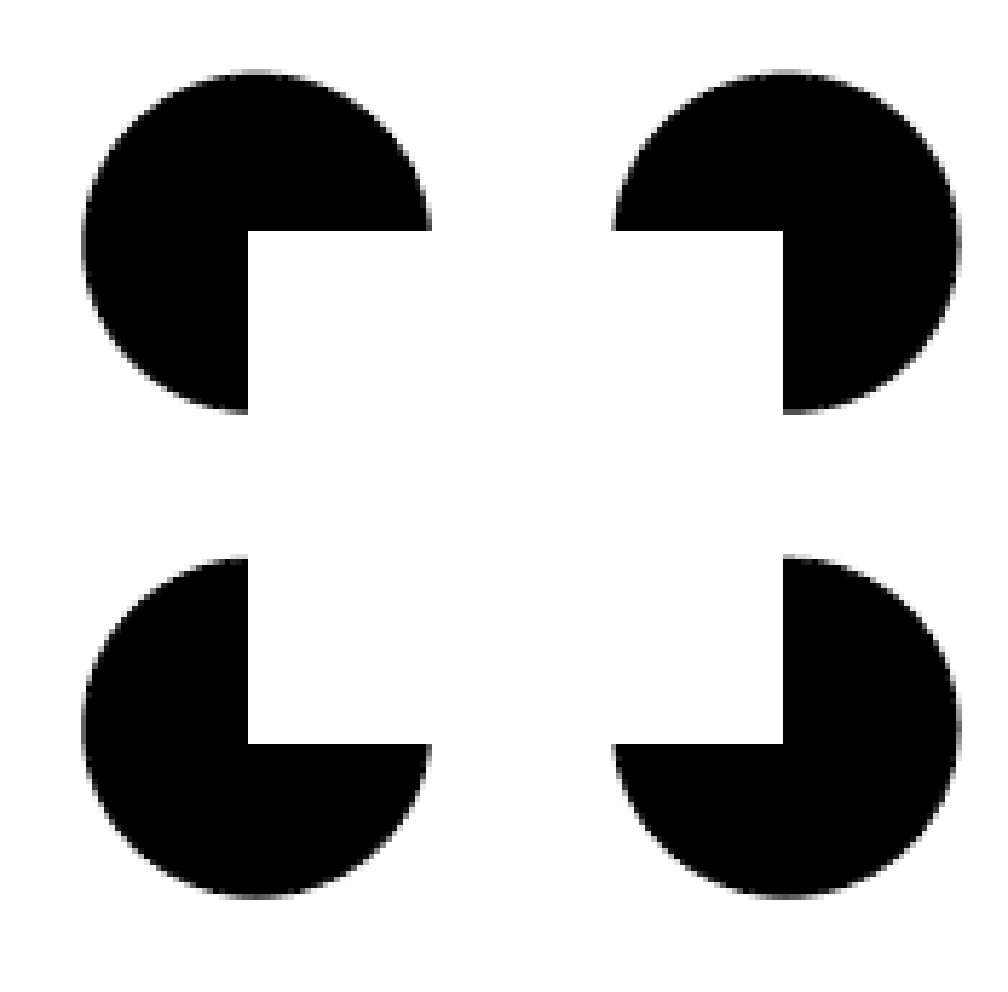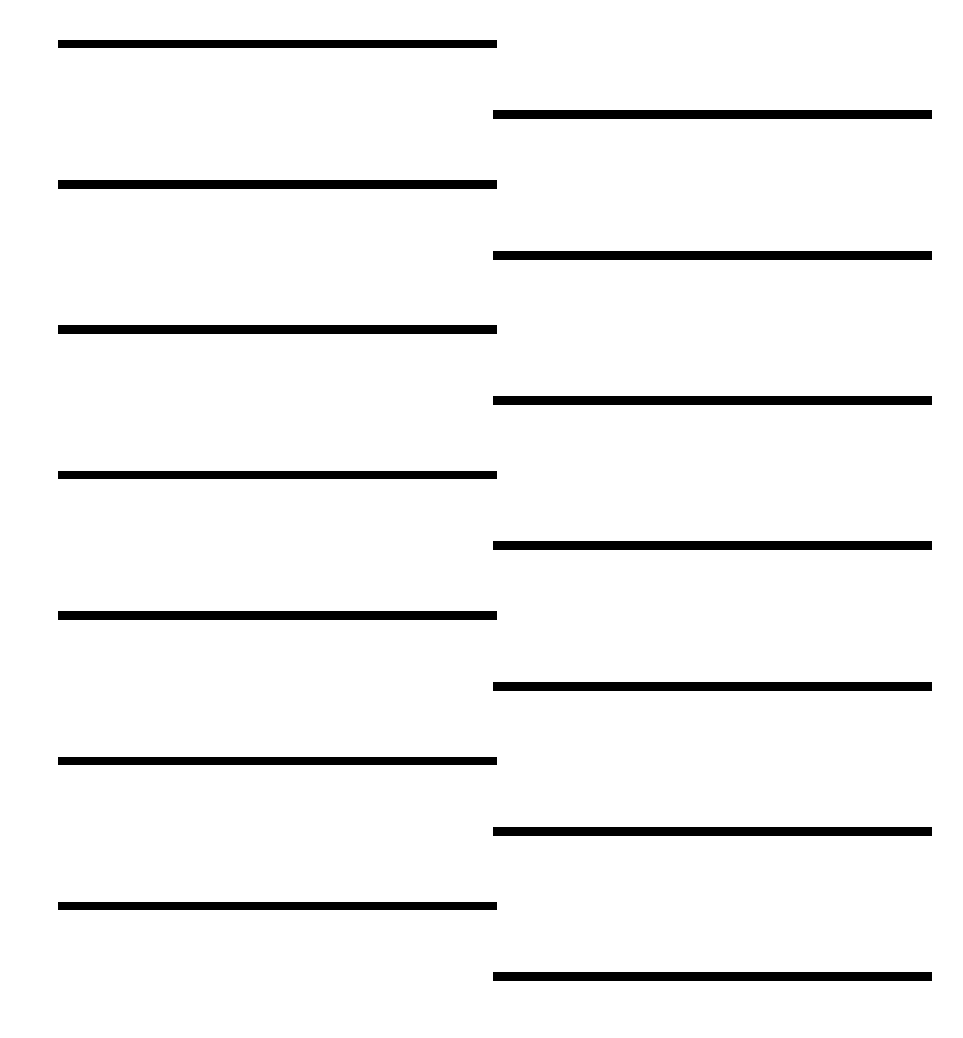Introduction
To begin with, it is necessary to mention that the issue of shape and form perception is one of the most interesting issues of human vision and perception psychology. Originally, the human eyes see what they are shown, and nothing more, however, our imagination, memory, and fantasy often add to the initial image which is seen. Thus, invisible and untouchable becomes clearly realizable, and sometimes we may feel the acidic taste of lemon just seeing a picture of lemon and imagining its taste features.
Discussion
To begin with, there is a strong necessity to mention the biological principles of vision for the further regard of vision and imagination. After the human eyes focus on the image, the lines from the space are transmitted to the retina. Photoreceptors in the retina create the nerve signal, which is then sent to the brain. Then, the signal is deciphered, and the brain recognizes the image. As Lichtenstein (2001) emphasized in his research: “this discrete array of time-varying signals is the starting point of vision. The only information this array makes explicit is the varying number of photon catches at each individual photoreceptor. It does not make explicit lines, curves, two-dimensional regions, three-dimensional shapes or any other aspect of the visual forms of objects and their environments.” Originally, the process of perception of the visual forms is the matter of complicated and sophisticated recognition and perception process, which requires billions of neurons and trillions of synaptic connections between neurons engaged. Every line, form, and shape (2-D or 3-D) is the construction of our vision and perception system, which creates them instantly, from the very moment of photons of light reaching the retina. The codon theory in its turn (Described in Grossberg 2000), claims that all the useful constraints, which shape 3D images may be derived only from image contours. Merleau-Ponty (2004) emphasizes the fact that: “The key notion which shapes the basis of this theory confirms that there is a law-like connection between the contour curvature and the sign of surface curvature. The codon approach offers useful constraints on possible shapes but does not predict which specific shape of all possible shapes will be perceived.” Nevertheless, there are several mismatches in this approach: an elliptical silhouette should look like an ellipsoid according to this theory, nevertheless, in reality, it looks like a hole or a disc.
There are numerous instances, which are expressed in optical illusions when the human consciousness adds to the represented image, or picture.

Here are just four circles with cut-off sectors. However, our imagination instantly draws the lacking lines for the square inside these circles. It happens on the basis of our experience in form perception: it is known that the square has four corners, while the cut-off sectors of the circles are located in the necessary order. Thus, we imagine that there is a square among these circles. In the light of this fact, it is necessary to mention the notion, which Vision (1997) emphasizes in his research: “In the absence of any apparent effort, the human visual system recovers the 3-dimensional form of the visible environment from inherently ambiguous 2-dimensional retinal images. How this feat is accomplished is perhaps the most fundamental problem faced by vision science. Despite the impression that vision seems effortless, a vast amount of processing is involved in the construction of an internal representation of the visible scene. The central computational problem is one of correctly and rapidly interpreting inherently ambiguous patterns of retinal activation.” Moreover, it is necessary to mention that all these computations and optical navigations are performed instantly, that is why people do not realize the delays in observing and recognizing the images, that is why we see the square on the illusion at once, without really thinking over what is pictured. Consequently, it should be stated that the study of the perception of the shape and form is generally focused on the visual cortex and the areas of the brain, where the images from the retina are processed. According to Thompson (1995) the early visual cortical areas, which receive the direct (unprocessed) projection of an image from the retina, define the priority of the images, by selecting the sensitiveness of the neuron groups, and clarify the certain properties of the stimuli.
Another instance of observing the illusions is the ability and urge for drawing boundaries that do not exist in reality.

Here, the imagination draws the borderline between these two columns of lines. If in the case of squares and circles everything was comparatively clear, this case is slightly more entangled. Pessoa (2001) explains this phenomenon the following way: “An early stage of surface processing compensates for variable illumination, or discounts the illuminant. Otherwise, illuminant variations could seriously distort all percepts. Discounting the illuminant attenuates color and brightness signals except for near regions of sufficiently rapid surface change, such as edges or texture gradients. “Feature contours” are selected at such positions and thus are relatively uncontaminated by illumination gradients.” In the light of this fact, it should be stated that consistency is generally realized by feedback that appears between the boundary and surface streams. Consequently, this feedback is aimed to initiate the process of separating forms from each other during figure-ground perception.
Taking into consideration the brain’s ability to make invisible things visible, it is necessary to mention the feature, which helps to perform all these “wonders”. Originally, all the imaginations and imagined feelings are originated by the powerful feelings which may be regarded as the origin of the imagine-raised feelings. For example some people like roller coasters. The impression of speed, special noise of the carriages, the screams of the impressed visitors, the wind into a face, and other factors create the single picture of a roller coasters ride. The emotions and the impressions, which these factors create, are rather deep and powerful. The next time, when roller coasters lover hears the creak of the wheels or feels the wind into a face, the conscious instantly derives the recollections and draws all the other feelings, associated with this entertainment. Impressive people may only see a picture, and feel the thrill of riding.
Conclusion
Finally, it is necessary to mention that human vision starts with just a stream of photons, and then it is transmitted to the brain, and processed, in accordance with general principles and previous experience, and then transforms into 2-d and 3-d forms and shapes. The optical illusions are based on the principles of creating the shapes, lines, and borders, basing on imagination and previous experience.
References
- Boynton RM, Eskew RT Jr, Olson CX (1985) Blue cones contribute to border distinctness. Vision Research 25: 1349-1352.
- Carr, H. A. (Ed.). (1935). An Introduction to Space Perception (1st ed.). New York: Longmans, Green and co.
- Grossberg S (2000) The complementary brain: Unifying brain dynamics and modularity. Trends in Cognitive Sciences 4 :233-246.
- Henderson, J. M., & Hollingworth, A. (1999). High-Level Scene Perception. 243.
- Julesz B, Schumer RA (1981) Early visual perception. Annual Review of Psychology 32: 1013-1022.
- Kemp, M. (2006) Leonardo da Vinci: Experience, Experiment, and Design. Princeton University Press; First American Edition
- Kudielka, R. (2002) Paul Klee: The Nature of Creation/Works 1914-1940. Lund Humphries Publishers
- Lichtenstein, C. Häberli, A.W. (2001) Bruno Munari: Air Made Visible: A Visual Reader on Bruno Munari. Lars Müller Publishers
- Merleau-Ponty, M (2004) The World of Perception. Routledge publishing
- Pessoa L, De Weerd P (Eds) (2001) Filling-in: From perceptual completion to cortical reorganization. New York: Oxford University Press.
- Tanchis, A. (1987) Bruno Munari: Design as Art. The MIT Press
- Thompson, E. (1995). Colour Vision: A Study in Cognitive Science and the Philosophy of Perception. New York: Routledge.
- Vision, G. (1997). Problems of Vision: Rethinking the Causal Theory of Perception. New York: Oxford University Press.
- Wade, N. J., & Swanston, M. T. (2001). Visual Perception: An Introduction. London: Psychology Press.